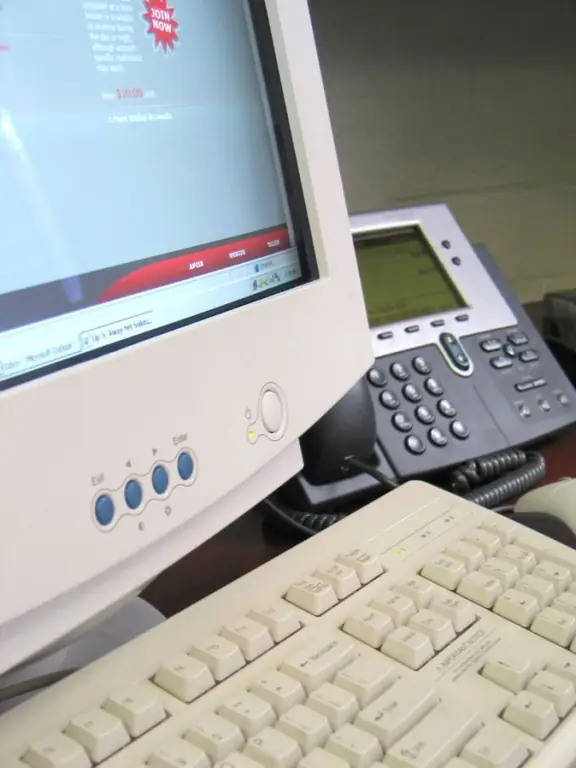Animals and small children are evil for the novice PC user. It is they who most often, with their shaggy paws or small handles, randomly press the keys, accidentally change the usual settings. An experienced user will figure out the reason in a couple of seconds and re-configure everything to suit his needs. A beginner shouldn't be upset or afraid either - it is not so difficult to return the display of the usual look of the desktop and files on it.

Instructions
Step 1
To return the display of file extensions or hidden folders, open any folder. In the top menu bar, select the "Service" item, in the drop-down menu, left-click on the "Folder options" line - a dialog box will open. Go to the "View" tab using the scroll bar, find the item "Hide extensions for registered file types" and uncheck it. To show hidden files, set the marker in the Show hidden files and folders box. Click on the "Apply" button, close the window by clicking on the "OK" button at the bottom of the window or "X" in the upper right corner of the dialog box.
Step 2
If the bottom panel and the "Start" menu are not displayed, move the mouse cursor to the bottom edge of the screen, wait for the taskbar to appear and click on it in any free space. Select "Properties" from the drop-down menu. If you cannot “catch” the panel, press the flag key on your keyboard - this will make the task easier. Having opened the properties window, go to the "Taskbar" tab and uncheck the "Automatically hide the taskbar" field, click the "Apply" button, close the properties window.
Step 3
If the clock stops displaying on the taskbar (in the lower-right corner of the screen), repeat the steps in step two to open the Taskbar and Start Menu Properties dialog box. On the Task Pane tab, set a marker in the Display Clock box. Click the "Apply" button, close the window using the "OK" or "X" button.
Step 4
In the case when the general appearance of the desktop has changed, icons and labels have become larger or smaller, seem elongated or flattened, most likely, the screen resolution has changed. To return to the usual display, in any free space on the desktop, right-click. Select "Properties" from the drop-down menu. In the "Display Properties" dialog box that opens, go to the "Options" tab. Use the "slider" to set your preferred screen resolution. Click the "Apply" button, confirm your choice, close the window.






